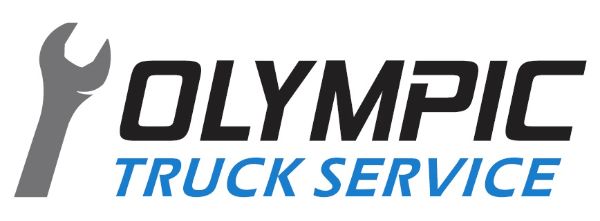DOT inspections are required to keep fleet trucks running safely and meeting federal rules. These inspections check safety systems, emissions, and proper records. If a vehicle fails, it may be taken off the road. That means lost time and lost money. Fleet repair shops check brakes, lights, tires, and steering. Mechanics also look for leaks, damaged wires, and worn parts. Trucks in poor shape fail fast. A trusted fleet truck shop can help avoid these problems with full inspections before roadside checks happen.
Common Reasons Fleet Trucks Fail DOT Inspections
DOT inspections often fail because of bad brakes, broken lights, bald tires, or leaking fluid. Cracked windshields and faulty mirrors can also lead to a fail. Broken horn, worn-out suspension, or damaged frame parts are common repair issues. Mechanics check the air brake system, exhaust, and drive shaft. Fleet vehicles need working turn signals, brake lights, and marker lights. Missing reflectors or damaged wiring cause fails. Mechanics look at every safety item closely. They also inspect the driver’s seatbelt and windshield wipers.
How Fleet Repair Shops Help with DOT Compliance
Fleet truck shops help drivers and owners get ready for DOT inspections. Shops check the steering system, brake hoses, battery cables, and the exhaust. Mechanics look for loose bolts or rusted clamps. A full inspection helps catch issues early. A diesel repair shop checks coolant systems and engine mounts. Shops that understand fleet service track oil changes, brake checks, and service hours. Shops may also check logbooks, ELD systems, and safety triangles. These checks support every level of DOT compliance.
Why Routine Inspections Prevent Expensive Repairs
Regular inspections save money. Fleet trucks stay on the road longer with less risk. Problems like air leaks, worn belts, or weak shocks are fixed early. That means fewer breakdowns and fewer tows. Fleets avoid late deliveries and missed loads. Shops like Olympic Truck in Tumwater that specialize in commercial vehicle inspections know what to watch for. These repair shops check heavy-duty parts like kingpins, u-joints, and axles. Repairs are done with high-quality parts. Safety and uptime are the goal. A strong inspection plan keeps trucks moving.


